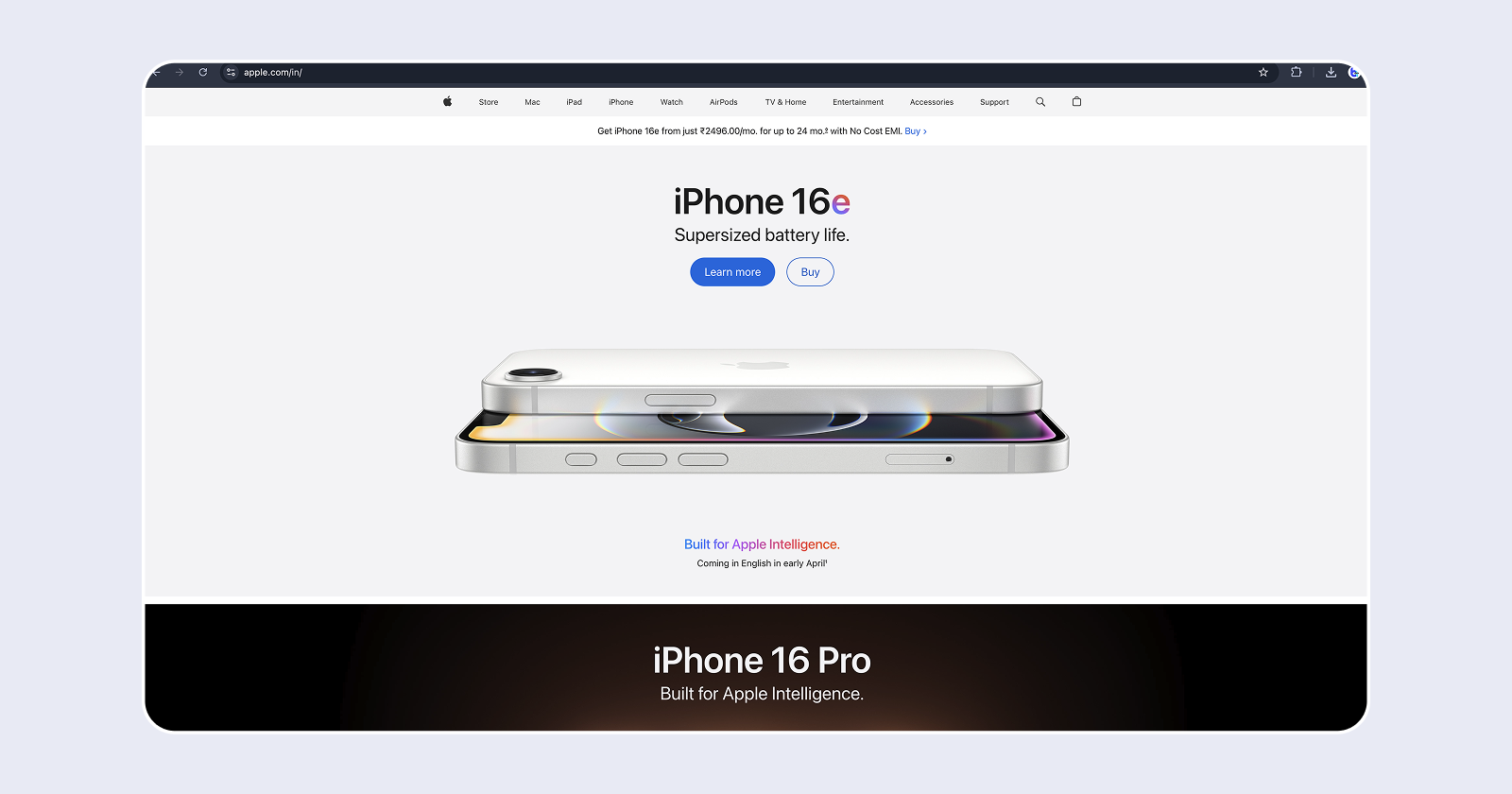Miller’s Law

overview Understanding human cognitive limitations is critical in UX/UI design for developing intuitive and user-friendly interfaces. Miller's Law is an important psychological principle used by designers. In 1956, cognitive researcher George A. Mill...
overview
Understanding human cognitive limitations is critical in UX/UI design for developing intuitive and user-friendly interfaces. Miller's Law is an important psychological principle used by designers. In 1956, cognitive researcher George A. Miller proposed a law that asserts the average human can hold approximately seven (±2) items in working memory at once.
Miller's Law has important implications for UX/UI design, as it influences how information is presented to users in order to increase usability, navigation, and prevent cognitive overload. In this post, we will look at Miller's Law, its application in digital design, and practical ways for improving user experience.
What is Miller’s Law?
Miller’s Law is based on the concept that human short-term memory is limited to approximately 7 items, plus or minus 2. This means that when people are presented with too much information at once, they struggle to process and retain it effectively.
Key aspects of Miller’s Law:
Human working memory can handle 5 to 9 chunks of information at a time.
Organising data into meaningful chunks enhances recall and comprehension.
Reducing cognitive load improves user engagement and decision-making.
In UX/UI design, applying Miller’s Law helps designers streamline content, making digital experiences more intuitive and accessible.
Why Miller's Law is Important in UX/UI Design.
Modern digital products can overwhelm customers with excessive information, resulting in confusion and dissatisfaction. Using Miller's Law, designers can:
Breaking down difficult information can help improve readability and comprehension.
Improve navigation usefulness by reducing menu selections.
Increase user retention and engagement with well-structured design.
Reduce cognitive fatigue, making interactions more fluid and intuitive.
Ignoring Miller's Law can lead to information overload, low user retention, and high bounce rates, all of which have a detrimental impact on the entire user experience.
Application of Miller's Law in UX/UI Design
1. Optimizing Navigation Menus
Overloaded navigation menus can lead to user confusion. To develop an intuitive experience, designers should:
Limit the primary navigation elements to 5-7 selections.
Use drop-down menus to manage subcategories.
Prioritise frequently used links for accessibility.
For example, Apple's website maintains key navigation to a minimum, allowing consumers to quickly discover what they need.

2. Organizing Information for Better Understanding
Breaking the text into smaller, more digestible chunks increases readability.
Utilise bullet points, numbered lists, and subheadings.
Create visual hierarchy with typography and spacing.
Structure divides into logical divisions.
For example, Amazon's checkout procedure breaks down information into phases, making it easier to complete.
3. Reducing options in forms and CTA buttons
Too many options can overwhelm users. Instead:
Provide one primary CTA per screen.
Reduce the number of form fields to only the most essential information.
Use progressive disclosure to expose details gradually.
For example, Google's sign-up form has few fields, making it easier for new users.
4. Improving mobile usability
Mobile screens have limited space, therefore, applying Miller's Law is critical:
Limit the number of shown alternatives to 5-7 critical items.
Use collapsable menus and tabs to provide extra material.
Optimise touch targets for ease of usage.
For example, Instagram's bottom navigation bar only features key activities, which improves usability.
Limitations and Exceptions to Miller's Law
Miller's Law is useful, but it isn't a one-size-fits-all approach. Considerations include:
Expert Users: Advanced users may want more options.
Context and Familiarity: Users who are familiar with a system can process more information.
Search-Based Interactions: When users rely on search, menu constraints are less important.
Conclusion
Miller’s Law is a fundamental principle in UX/UI design that helps manage cognitive load by structuring information efficiently. By limiting options, chunking content, and optimising navigation, designers can create seamless digital experiences that enhance usability and engagement.
Applying Miller’s Law thoughtfully ensures users can process information effortlessly, leading to higher retention, satisfaction, and conversions.
